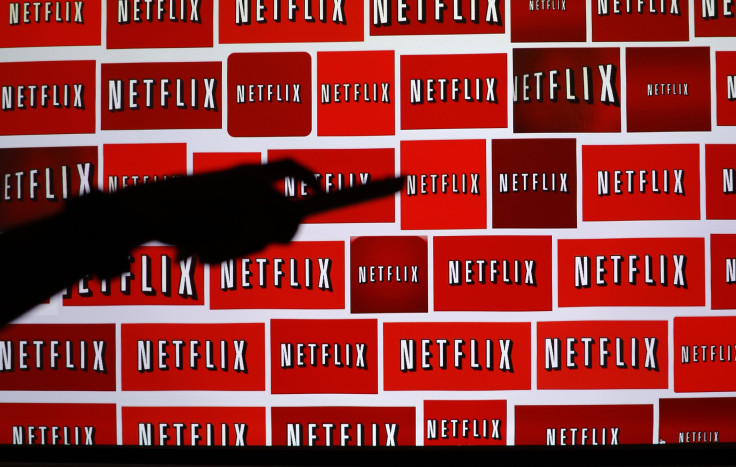Cord-Cutting: Hedge Funds Bet Big On Netflix; Soros, Viking Global Place New Bets

Billionaire investor George Soros’ Soros Fund Management LLC and the Ole Andreas Halvorsen-led Viking Global Investors LP placed new bets on the video streaming company Netflix Inc., while Tiger Global Management LLC upped its stake by 15.43 million shares to nearly 18 million, according to regulatory filings released Monday.
Soros said it owned 317,534 Netflix shares worth $32.79 million as of Sept. 30. Viking Global held 4.5 million shares worth over $460 million. Tiger global currently holds nearly 18 million of Netflix’s shares, worth an estimated $1.8 billion.
Tiger Global also increased its stake by 2.45 million shares to 3.19 million shares in Amazon -- the online retailer that also runs an Internet video on demand service named Amazon Video -- while Soros took a 77,877 share stake worth $39.9 million.
Based on Monday’s disclosures, known as 13F filings, a total of over 530 13F fliers currently hold Netflix stock, indicating a move by investors to hedge against the traditional cable television industry, which, in recent months, has been facing increasing threats to its revenue as consumers switch to streaming services such as Netflix and Hulu -- a trend known as “cord cutting.”
According to a recent report, 13 top pay-TV providers in the U.S. saw a net loss of 190,000 non-Internet video subscriptions in the July-September quarter, much higher than the 155,000 lost in the same period last year.
However, despite content providers and investors in subscriber and cable television being hurt by a negative outlook, many feel that the cord-cutting fears are overblown.
“The actual impact on subscribers isn't that big,” Bruce Leichtman, the president and principle analyst at Leichtman Research Group, reportedly said. “Viewership? Sure. But the market is only down about a million subscribers from its peak in the first quarter of 2012, and it's been saturated since about 2010."
© Copyright IBTimes 2024. All rights reserved.












